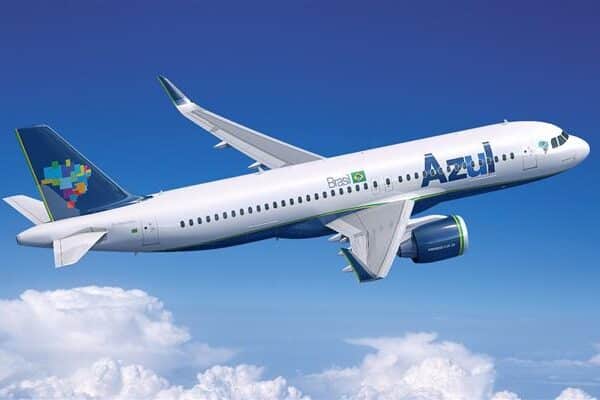
Conceived by the Ministry of Infrastructure, through the National Civil Aviation Secretariat (SAC) in partnership with Serpro, the passenger identification program through facial recognition should start to be implemented at airports soon. According to Agência Estado, the pilot project will be tested at Florianópolis airport from September. If the test shows good results, it is expected that the technology will start to be used in more airports by the beginning of 2022.
Today, airport checks are carried out in two stages: one to enter the security area, in which the passenger validates his boarding pass and passes through the x-ray machines, and another at the time of boarding, in which the attendant checks the ticket and the identity document. With the new technology, both processes will be performed by facial biometrics machines, without the need to check documents. The airport system will cross the biometric recognition of the device with the selfie taken by the customer at the time of check-in, which can be carried out via cell phone.
The identity verification by facial recognition will be made possible by a program developed by Serpro, which uses databases from federal agencies. In the future, the idea is also to have access to the records of documents issued by the States.
Physiology recognition worldwide
Biometric technology describes tech that uses physiological characteristics, like a smartphone thumbprint for payments or unlocking your phone without a password. Other examples include iris recognition, fingerprints, and facial recognition. They seem to have become ubiquitous in recent years, but the technology’s not new, not even in airports. Some have been using facial recognition for around ten years.
Although the technology is not the newest, it’s been improving. It is an excellent addition to airport security and customer health protection, as well as it reduces the waiting time to board a plane. In Brazil, the technology is not as developed as in other countries, mainly First World ones. Still, the addition of this technology helps the country’s airports become closer to well-recognized and safer airports.




